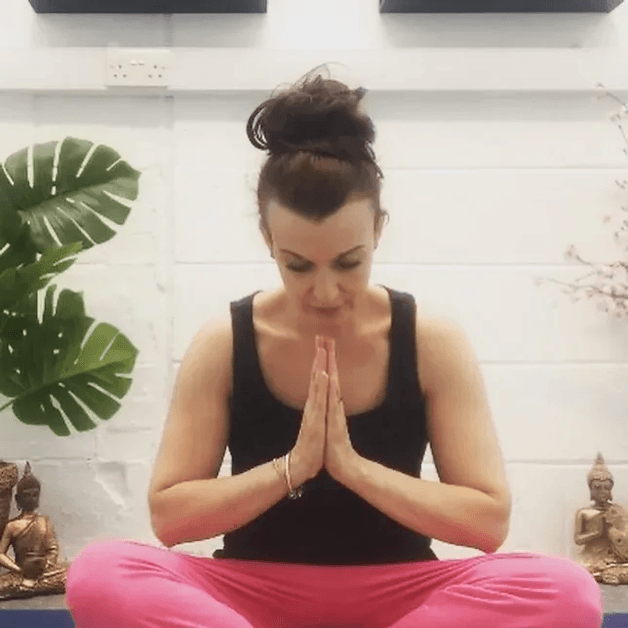The Balanced Space is a Women’s Yoga Studio in the Suffolk Town of Haverhill. Sarah Louise McCallum is the founder and Creator of Balanced Mamas Pregnancy Yoga and Postnatal Yoga.

Pelvic Girdle Pain is one of the most common complaints during pregnancy and can be triggered by certain movements or may even be a constant on-going pain which can vary in severity. Symptoms of ‘PGD’ can include, low back pain, symphysis pubis dysfunction (SPD), pain when walking, sitting or standing, pain in the front, back or sides of the pelvis, inability to stand on or lift one leg and pain when getting out of bed.
When cases of pelvic girdle pain are severe it can greatly affect your daily activities and can cause anxiety and even depression.

Possible causes include:-
-
Hypermobile pelvis
-
Asymmetry in the pelvis
-
Weak or tense muscle tone
-
Poor postural alignment
-
Trauma
Pregnancy Yoga can help manage pelvic girdle pain, although it is important to keep in mind that there are also many yoga poses that may also exacerbate pelvic girdle pain too. For this reason it is important to find a yoga teacher who is qualified in pregnancy yoga, who is trained to understand the nuances of the pregnant body and know how to adjust poses ‘safely’. A qualified pregnancy yoga teacher can identify safe movements and recommend personalised modifications to prevent aggravation of pain and avoid further discomfort.
Benefits of Yoga for Managing Pelvic Girdle Pain,
Yoga can offer gentle, safe movements to help stabilise the pelvis and alleviate tension. It can also improve posture and core stability. Having a strong and stable core and pelvic floor reduces pressure on the lower back and strain on the pelvic area that contribute to Pelvic Girdle Pain.
Yoga emphasises mindful connection to the pelvic floor muscles, which support the bladder, uterus, and bowels. Through breath work and specific pelvic floor exercises, yoga helps pregnant women become aware of these muscles, learning to both gently activate and ‘release’ them. This helps build strength and control in the pelvic floor, which supports better balance and reduces the risk of urinary incontinence both during and after pregnancy.
Recommended Poses for PGP Relief
-
Cat-Cow (Marjaryasana-Bitilasana): Helpful for gently mobilising the spine and pelvis.
-
Child’s Pose (Balasana): With wide knees to release tension in the lower back and pelvic area.
-
Bridge Pose (Setu Bandhasana): With a block or support to avoid overextension, helping to strengthen the pelvic area.
-
Supported Bound Angle Pose (Supta Baddha Konasana): Opens hips gently and can be adapted with props for extra support.
As I mentioned it is important to keep in mind that many yoga poses can exacerbate pelvic girdle pain. Even in a prenatal yoga class there will be a lot of wide-legged, hip opening poses that you want to avoid. Any poses where you’re taking your legs apart is not at all comfortable when you have pelvic pain.
Postures to Avoid with PGP
-
Avoid asymmetrical poses, like lunges, which can put uneven pressure on the pelvis.
-
High-impact or weight-bearing poses that may worsen instability.
-
Poses that require deep twisting or hip-opening, which can strain the pelvic area.
Pregnancy Yoga focuses on creating a supportive, comfortable environment for pregnant women, this is especially beneficial for those suffering with PGP, to practice yoga without risking further discomfort.
If you are struggling with Pelvic Girdle Pain why not check out my specialist on demand Pregnancy Yoga for Pelvic Girdle Pain Programme offering you the chance to practise yoga ‘safely’ within the comfort of your own home, helping to reduce uncomfortable symptoms.
Please check out The Balanced Space – A women’s only Yoga Studio

